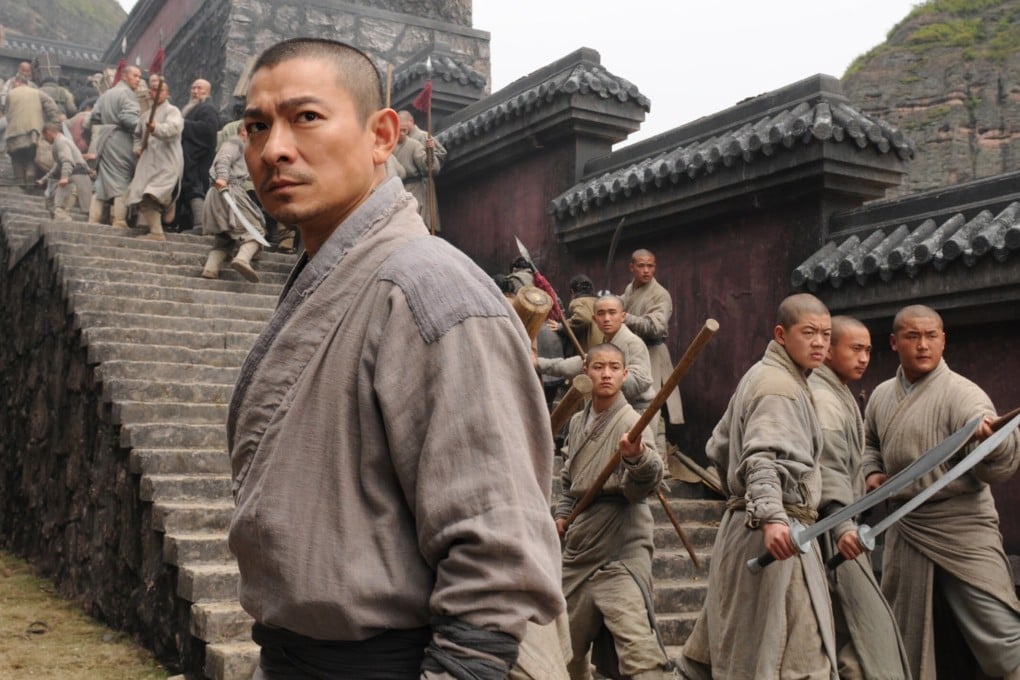We sort fact from myth about Shaolin Monastery, home of kung fu that a Jet Li martial arts film, Shaolin Temple, rescued from obscurity
- For hundreds of years, monks from Shaolin Monastery in central China fought alongside armies in times of upheaval, and were renowned for their martial arts
- A staple of martial arts films, the Shaolin kung fu style only evolved from using poles and spears to employing hands and feet in the past 500 years

Everyone with an interest in martial arts films has heard of the Shaolin Monastery on Songshan mountain near the former Chinese imperial capital of Luoyang in Henan province. According to film critic Ng Ho, writing in 1980, more than half of the wuxia and kung fu films made in Hong Kong and Taiwan “touch on the monastery and the legends surrounding it”.
Chang Cheh’s Shaolin cycle, Lau Kar-leung’s Executioners from Shaolin and The 36th Chamber of Shaolin , and numerous lesser films feature or refer to the Shaolin Monastery, often in the form of its later mythical “southern” incarnation in Fujian.
The legends that grew up around the monastery, in martial arts literature and folk tales, tell of fighting monks who went to war with armies during times of civil strife and fought with rebels against the Manchus of the Qing dynasty.
While such tales are often thought to be legends, academic research has shown that some of them are true. The monks did fight alongside various armies throughout history – one Shaolin monk was even made a general – and did develop powerful martial arts techniques in the Shaolin Monastery, which often doubled as a martial arts training school.

The Shaolin Monastery is flourishing today. It’s a state-sanctioned seat of Buddhism – its abbot is a member of the National People’s Congress, China’s legislature – as well as a centre of tourism and a martial arts school.